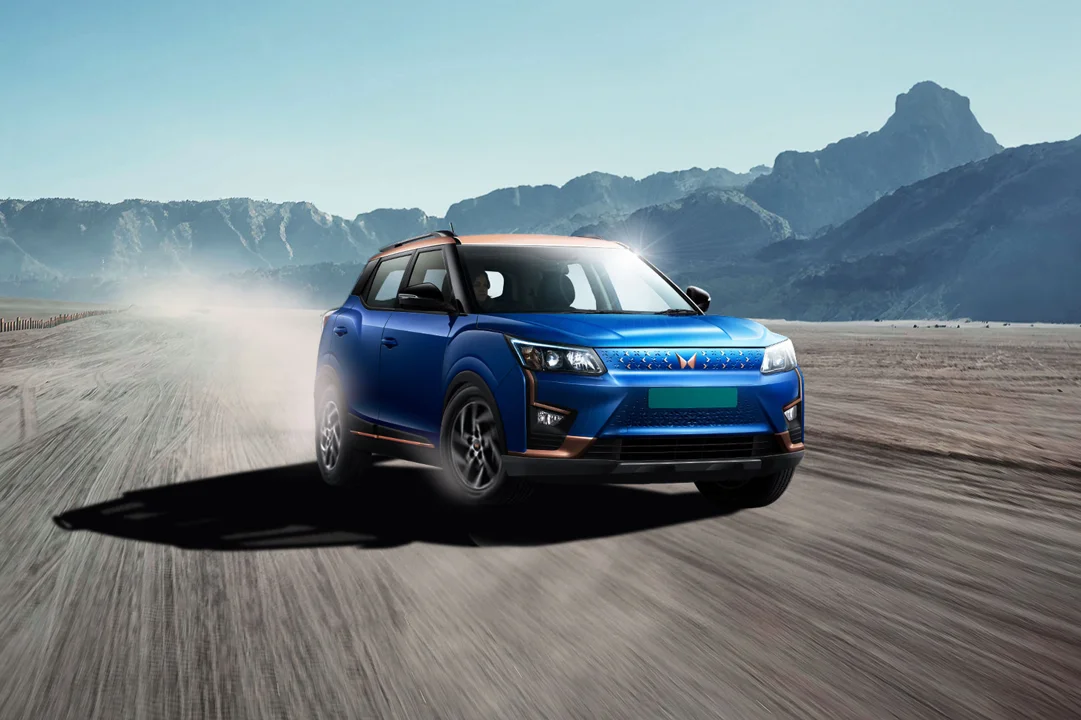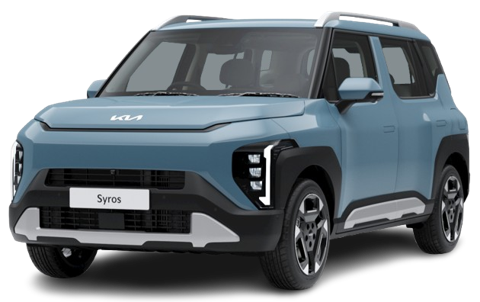What is the mileage of Mahindra XUV400?
The Mahindra XUV400 offers different mileage figures depending on the fuel type and transmission. The manual petrol variant delivers up to 0 km/l, while the automatic petrol variant offers up to 0 km/l.


375 - 456 km
Electric Mileage
Automatic
456 km
EC Pro 34.5 kWh
375 km
Electric • Automatic
range
Monthly Fuel cost for 40km/day₹1,126
EL Pro 34.5 kWh
375 km
Electric • Automatic
range
Monthly Fuel cost for 40km/day₹1,126
EL Pro 39.4 kWh
456 km
Electric • Automatic
range
Monthly Fuel cost for 40km/day₹926
Maintain your Mahindra XUV400 in top-notch condition by regularly servicing the vehicle.
Be gentle with the accelerator pedal, and avoid sudden acceleration.
Maintain the optimum tyre pressure in your Mahindra XUV400.
Maintain your Mahindra XUV400 in top-notch condition by regularly servicing the vehicle.
Be gentle with the accelerator pedal, and avoid sudden acceleration.






The Mahindra XUV400 offers different mileage figures depending on the fuel type and transmission. The manual petrol variant delivers up to 0 km/l, while the automatic petrol variant offers up to 0 km/l.
The Mahindra XUV400 delivers excellent fuel efficiency in city conditions. The manual petrol variant achieves up to 0 km/l, while the automatic petrol variant delivers up to 0 km/l under typical city driving conditions.
The Mahindra XUV400 manual transmission offers up to 0 km/l, while the automatic transmission delivers up to 0 km/l. The difference is minimal, making both options fuel-efficient choices.
The mileage of Mahindra XUV400 can be affected by various factors including driving conditions, traffic patterns, vehicle maintenance, tire pressure, and driving style. Under optimal conditions, you can achieve up to 0 km/l with manual transmission and 0 km/l with automatic transmission.
Yes, the Mahindra XUV400 is quite fuel efficient. It delivers up to 0 km/l with manual transmission and 0 km/l with automatic transmission, making it an economical choice for daily commuting.
Discover. Decide. Drive.
Explore at your pace, with expert recommendations if needed. Finalise and book your car at the best price.
Financing the right way
Access the best loan options with hassle-free, paperless financing.
Prepare to drive
Schedule delivery for your special day and track updates effortlessly.Schedule delivery for your special day and track updates effortlessly.